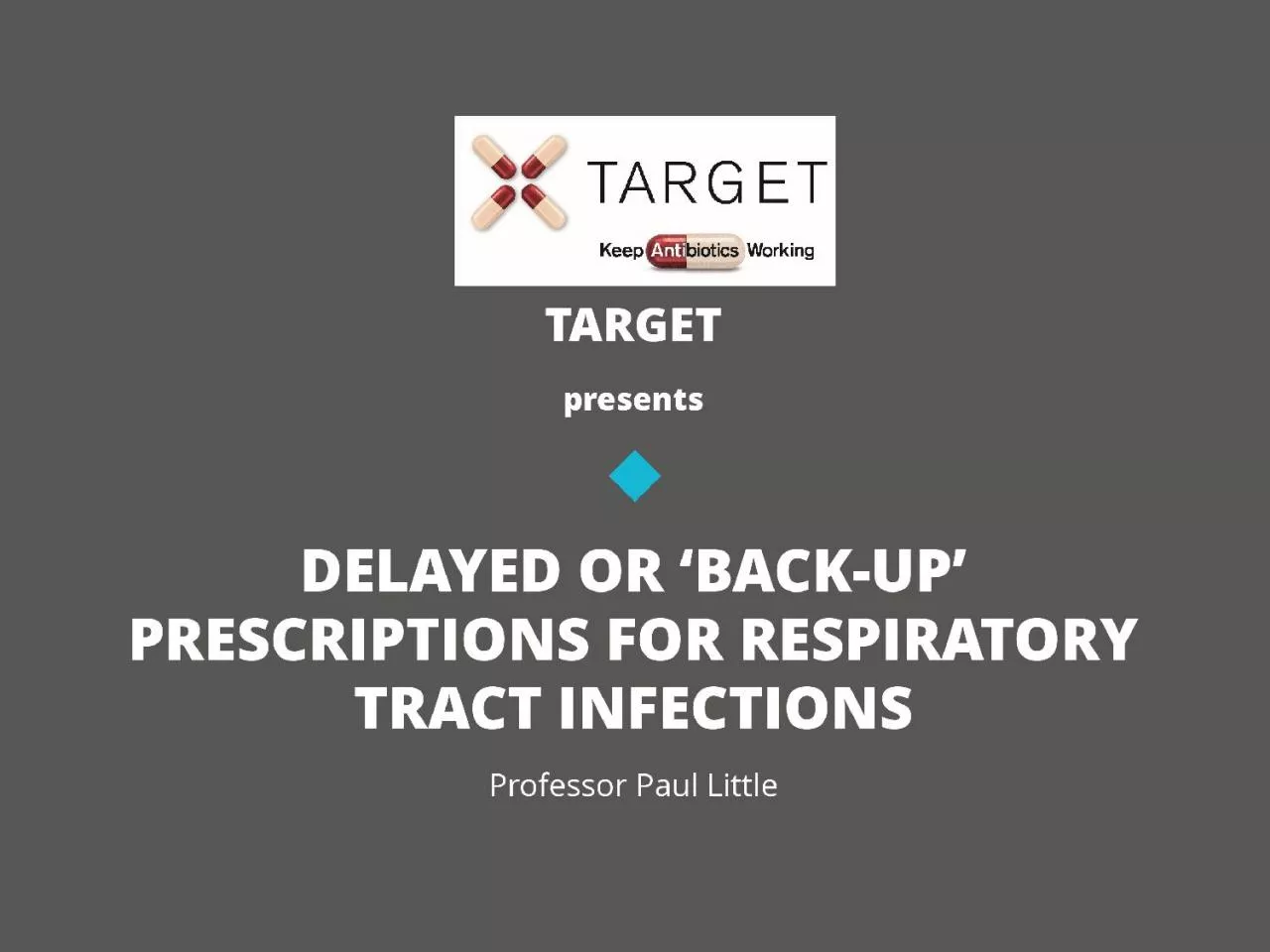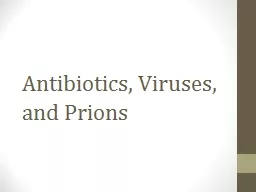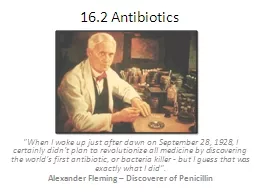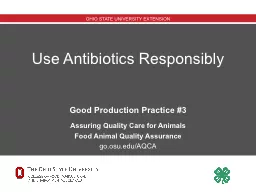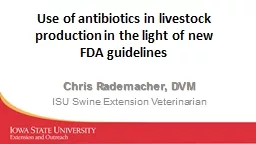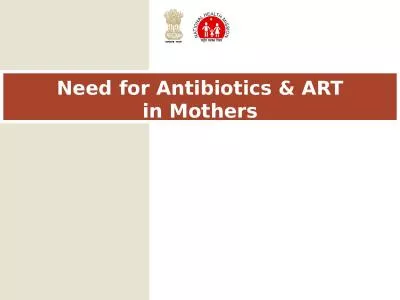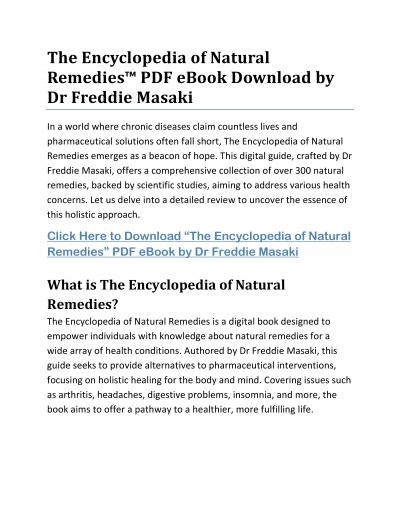PPT-Brief intro/context Overall benefit from antibiotics & the natural history
Author : paisley | Published Date : 2022-06-11
Medicalising illness Delayed prescription The trial evidence Systematic reviews of trials The cohort evidence Barriers What next OUTLINE RULE of THUMB ½ week
Presentation Embed Code
Download Presentation
Download Presentation The PPT/PDF document "Brief intro/context Overall benefit from..." is the property of its rightful owner. Permission is granted to download and print the materials on this website for personal, non-commercial use only, and to display it on your personal computer provided you do not modify the materials and that you retain all copyright notices contained in the materials. By downloading content from our website, you accept the terms of this agreement.
Brief intro/context Overall benefit from antibiotics & the natural history: Transcript
Download Rules Of Document
"Brief intro/context Overall benefit from antibiotics & the natural history"The content belongs to its owner. You may download and print it for personal use, without modification, and keep all copyright notices. By downloading, you agree to these terms.
Related Documents

